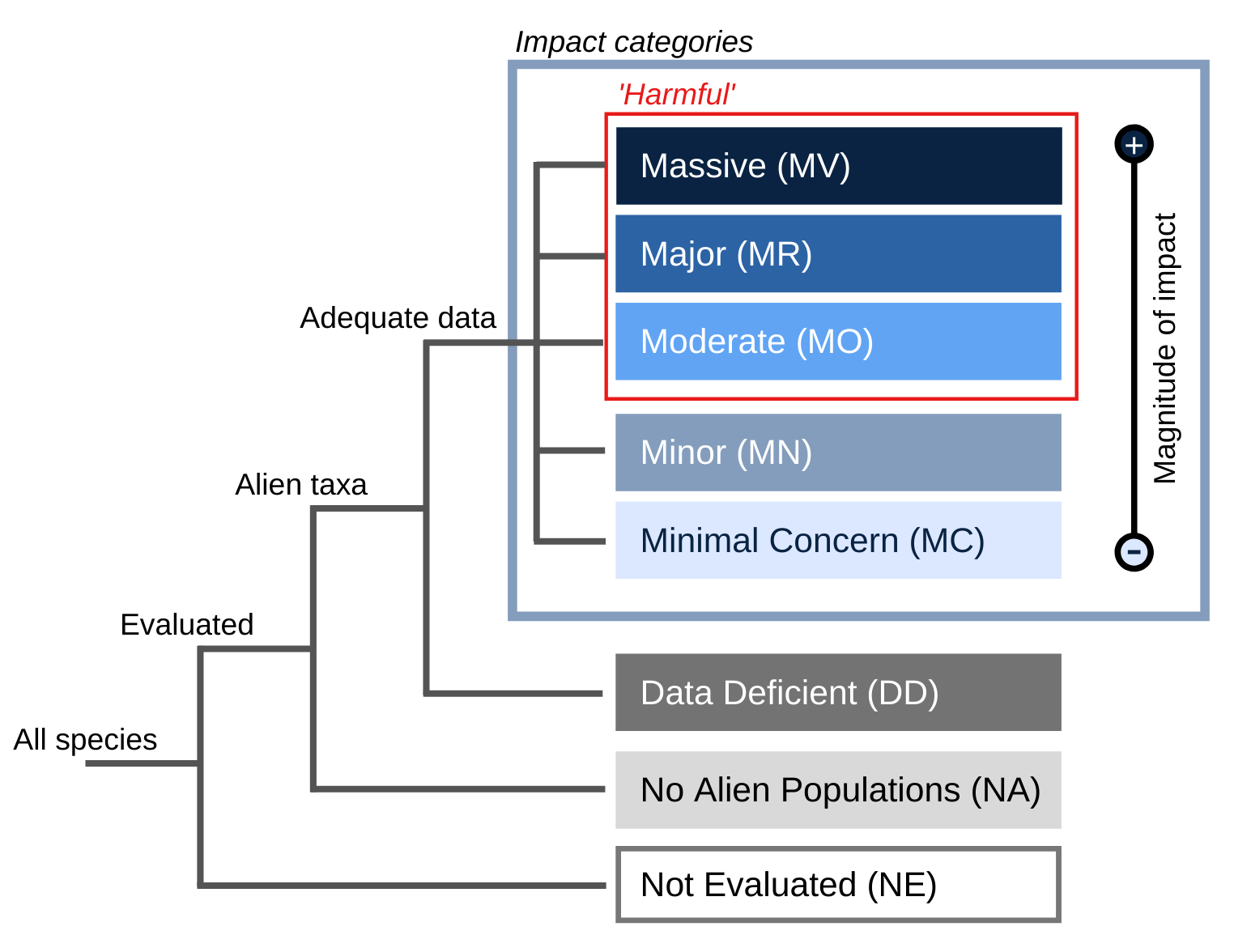- General
- Distribution
- Impact
- Management
- Bibliography
- Contact


\"Climate is a major constraint on yellowjacket reproductive behaviour; cold weather depletes normal food supplies, resulting in a reduction of colony individuals during cold winter months. However, in Hawai‘i with its warmer year-round climate, colonies appear to enlarge during warm winter months causing population explosions in areas it has invaded.\"
Principal source: Matthew P. Kweskin, Evergreen State College, WA.
Invasive Species in the Pacific: A Technical Review and Draft Regional Strategy (2000) (SPREP)
Compiler: IUCN/SSC Invasive Species Specialist Group (ISSG)
Review:
Publication date: 2009-06-25
Recommended citation: Global Invasive Species Database (2025) Species profile: Vespula pensylvanica. Downloaded from http://iucngisd.org/gisd/speciesname/Vespula+pensylvanica on 01-11-2025.
In forests wasps may eat huge numbers of native insects and consume large quantities of sugary honeydew. By eating so much, wasps take potential food sources away from native animals and disrupt the natural food chain and ecosystem cycling of the forest (Landcare Research 2007). Western yellowjackets are predators which prey on a wide range of invertebrate taxa. Their great potential for negative impacts on native invertebrate is evidenced in Hawaii, where they threaten endemic invertebrates (which have evolved in the absence of wasps and without any anti-predator adaptations). Direct reduction of native arthropod species diversity and abundance may lead to other problems, such as a decrease in food availability for native forest birds and pollinators for native plants (Gruner & Foote, 2000).
Wasps bring with them a financial burden too. They are economic pests of primary industries such as beekeeping, forestry and horticulture (Beggs 2000). Wasps totally destroy or seriously affect 10% of beehives, which translates to a significant financial loss (Clapperton et al., 1989). Beehives are often placed near honeydew forests or other unique sources of nectar to produce strong-flavoured honey. However, wasps can reduce honey production by reducing nectar and honeydew supplies and cause honeybees to stay home to conserve energy and protect their hive from raiding wasps (Landcare Research 2007).
Monitoring: In Hawaii populations are monitored closely to aid in future analyses of distribution. This is accomplished using “yelllowjacket inns” baited with heptyl butyrate chemical attractant (Gruner & Foote, 2000). Directions for use can be found in Management Strategies for Western Yellowjackets in Hawaii.
Chemical: \"Almost as soon as the 1977 population was discovered, nest eradication and/or control programmes were initiated on various islands in Hawai‘i to attempt to control the yellowjacket. The toxicant bendiocarb, used for nest eradication, is not registered in the USA for use in agricultural situations, so its implementation had to be outside of agricultural fields. Chang (1988) discusses the use of toxic baiting in the control of yellowjackets. His results showed that the most effective combination of bait and chemical toxicant was 0.5% microencapsulated diazinon mixed with canned Figaro brand tuna cat food. Amidino-hydrazone in a similar bait mix was also effective, but less so than than diazinon mix. Dispenser colour for the bait also proved critical, the preferred colour of bait dispenser being translucent white.\"








